Description
Saffron, golden-coloured, pungent stigmas (pollen-bearing structures) of the autumn, which are dried and used as a spice to flavour foods and as a dye to colour foods and other products.
A labour-intensive crop, the three stigmas are handpicked from each flower, spread on trays, and dried over charcoal fires. A pound (0.45 kilogram) of saffron represents 75,000 blossoms. Saffron contains 0.5 to 1 percent essential oil, the principal component of which is picrocrocin.
Believed native to the Mediterranean area, Asia Minor, and Iran, the saffron crocus has long been cultivated in Iran and Kashmir and is supposed to have been introduced into Cathay by the Mongol invasion.
Here are 11 impressive health benefits of saffron.
-
A powerful antioxidant
-
May improve mood and treat depressive symptoms
-
May have cancer-fighting properties
-
May reduce PMS symptoms
-
May act as an aphrodisiac
-
May reduce appetite and aid weight loss
-
–10. Other potential health benefits
-
May reduce heart disease risk factors. Animal and test-tube studies indicate that saffron’s antioxidant properties may lower blood cholesterol and prevent blood vessels and arteries from clogging (21Trusted Source, 22Trusted Source, 23Trusted Source).
-
May lower blood sugar levels. Saffron may lower blood sugar levels and raise insulin sensitivity, as seen in test-tube studies and mice with diabetes (24Trusted Source, 25Trusted Source).
-
May improve eyesight in adults with age-related macular degeneration (AMD). Saffron appears to improve eyesight in adults with AMD and protect against free radical damage, which is linked to AMD (26Trusted Source, 27Trusted Source, 28Trusted Source).
-
May improve memory in adults with Alzheimer’s disease. Saffron’s antioxidant properties may improve cognition in adults with Alzheimer’s disease (29Trusted Source).

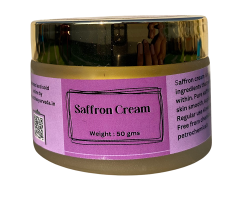
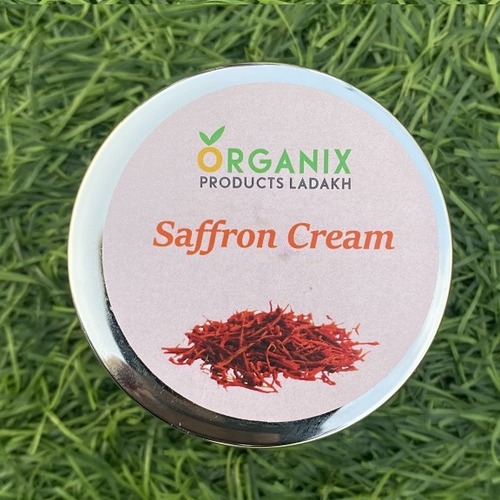


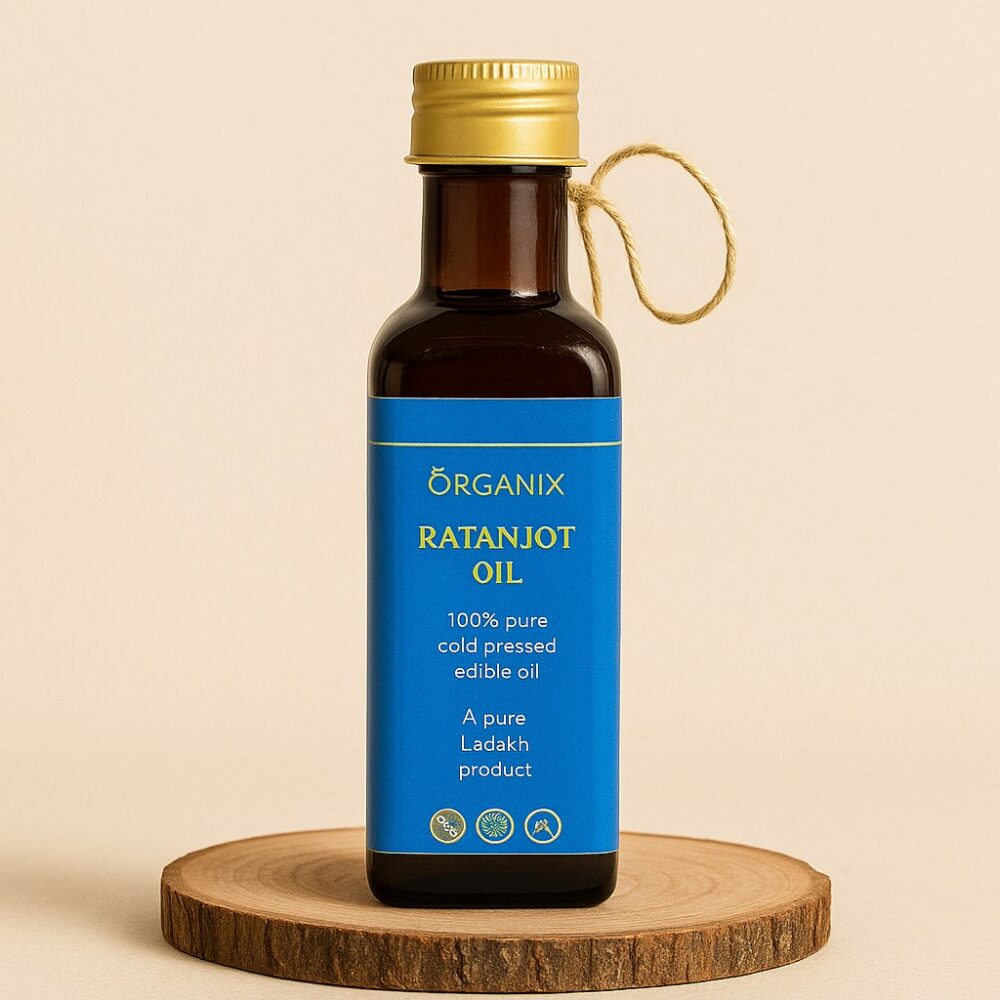
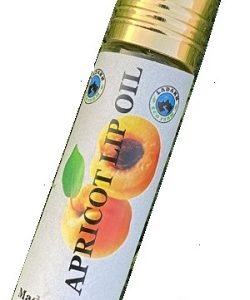
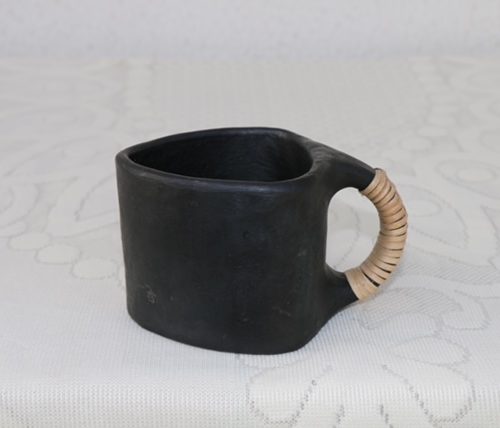

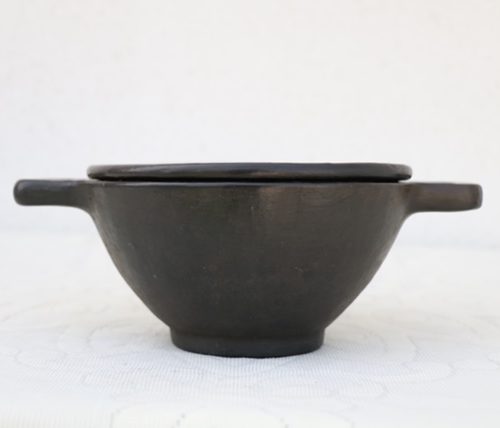
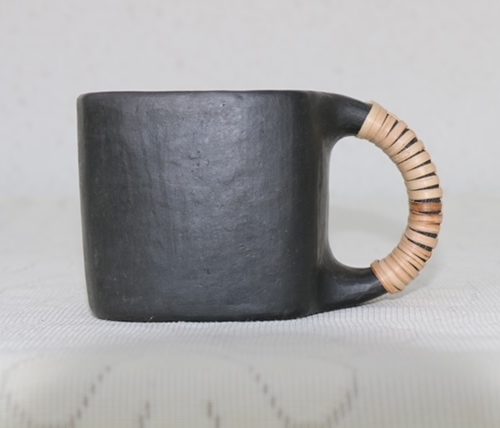


Reviews
There are no reviews yet.